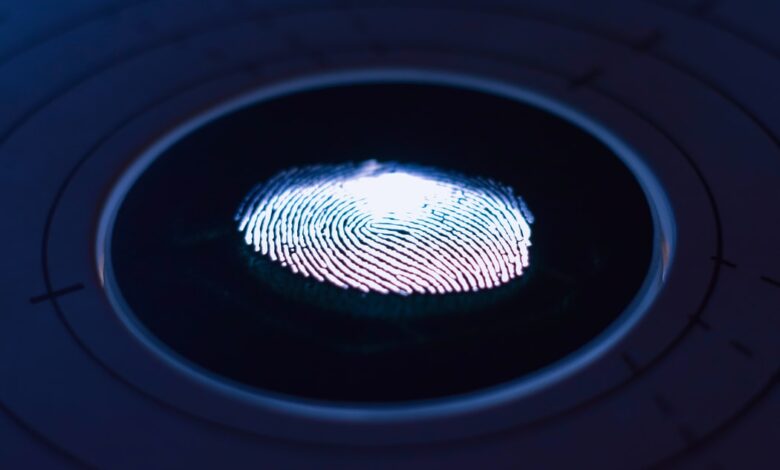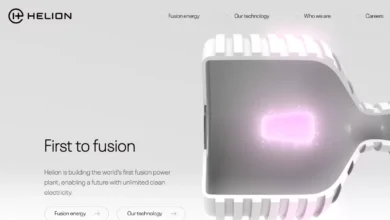Finger Print Scanner

Waiting in the queue patiently and then forgetting the pin as your turn comes up to make the payment via UPI. Not unusual, but an annoying situation..!!
From the beginning of time to the present, security systems have always been a reason to worry. Every day, we have to identify ourselves to safeguard vital information. From offices, malls, computers, ATM everywhere, some or other type of security is there – be it as a code, password, or a PIN.
Over time the security systems are continuously changing. The biometric system is replacing traditional password- and token-based security systems. This modern technology-based security system is more reliable and secure. It offers a new and better approach to user authentication. From smartphones, ATMs to financial applications, the biometric system is expanding swiftly.
Let us dig deeper into this modern aged fingerprint-based security system. Understand how does fingerprint scanner works? What is the new kind of fingerprint scanner?
Need of fingerprint-based security features

A fingerprint-based security system falls in the category of biometric authentication. It is a machine-controlled method of authentication that scans unique biological characteristics of an individual such as fingerprint, iris, or signature. Among these, the fingerprint-based security system is being widely used and popular. Other security-based systems are still in the pipeline of development.
Since the biological characteristics of all individuals are unique, so this type of security system is more reliable. The prime reason for the development of fingerprint-based security is to deal with fraud, theft, terrorism, and cybercrime.
The fingerprint of an individual is exact throughout life and is not affected by internal or external factors. It makes fingerprint a high-level security system. However, traditional security features such as pins, passwords, or IDs are easily hacked, passed on, or misused.
The invention of the portable fingerprint-based security systems?
Fingerprint-based security systems were discovered around 100 years ago by Sir Francis Galton.
The significant development of this fingerprint technology is known as wet-ink fingerprinting. It took place by Scotland Yard around 100 years ago. The aim was to improve forensic applications such as identity fraud, cybercrimes. However, in recent times, the development of new fingerprinting methods is continuously evolving.
Different Types of fingerprint scanners

The basis of the technology used there is four types of fingerprint scanners. Although, the vital function of every fingerprint scanner is to get an image of the person’s fingerprint and authenticate it.
- Optical Scanner: Optical scanners are the earliest form of fingerprint scanner that uses optics to capture the image. It works by capturing a digital picture of the fingerprint and uses algorithms to locate unique patterns of lines, valleys, and ridges.
- Capacitance Scanner: The capacitance fingerprint scanner has the highest level of precision and accuracy. It uses small capacitors to detect capacitance between finger lines, ridges, and valleys. The basis on that it forms an image of the fingerprint.
- Ultrasonic Scanner: Ultrasonic fingerprint Scanner is based on the latest technology. It produces a 3D form of scan using high-frequency sound waves. These waves enter the epidermal layer of the skin and thus form the image.
- Thermal Scanner: As the name suggests, a thermal scanner works based on temperature. It measures temperature differences between fingerprint ridges and valleys on the contact surface of the scanner. The basis on that it forms an image of the fingerprint.
Why fingerprint scanners took over smartphone security features

With the increase in the number of hacking incidents, everyone is even more concerned about their privacy. Particularly our smartphones, which contain all our personal information.
To overcome this challenge smartphones have come up with an additional security option known as fingerprint scanning technology. Fingerprint sensors have turned modern smartphones into spectacle gadgets of ease and convenience.
The fingerprint scanner is the guarantee of privacy known as the spy-level tech. Unlike pins and passwords, fingerprints cannot be stolen and are subject to high security and firewalls, the traditional methods of security like pins and passwords are highly insecure. The dark web, social engineering, and phishing scams are some proofs for the same. Also, there are chances of account hacking in case the password is forgotten.
There are many advantages of the fingerprint scanner in smartphones over traditional security features. It includes top security, increased accuracy, barrier-free, quick access, and more ease and comfort.
How fingerprint is processed and authenticated on our phones

The basic principle of the fingerprint is to identify an individual based on specific patterns of lines, valleys, and ridges of the fingers.
The fingerprint characteristics are determined using different algorithms. These algorithms identify the ridges, valleys, and lines and then generate the image. These distinct characteristics (ridges, valleys) of every individual are known as minutiae. If the minutiae formed to match the minutiae present in the database, then it will be considered a match. Over time, only minutiae are matched, not the whole fingerprint. It reduces the processing and authentication time to identify the fingerprint.
How under the screen fingerprint scanners work
Fingerprint scanning under the mobile screen is a boon! You touch the screen; it instantly unlocks your phone. Let us dive into the technical details behind this. There are two primary types of fingerprint scanners under the mobile screen: optical and ultrasonic.
- Optical scanners use optics (light) on your finger and take an image of your fingerprint using a camera present under the screen. It then matches the fingerprint with the already stored fingerprint in the database.
- Ultrasonic scanners use ultrasonic sound waves that bounce off your finger and capture a 3D image of the fingerprint. Ultrasonic scanners are comparatively more secure than optical scanner as it produces a 3D image of the fingerprint.
When compared both the technologies, Ultrasonic scanners are better than optical scanners as it is comparatively faster and works in worse conditions as well such as wet hands, dirty fingers,
Issues and complications of under the screen fingerprint scanners
Fingerprint scanner proves to be our salvation – Easy to use, comfortable and barrier-free, quickly accessible. But fingerprint security also comes up with some issues and complications:
- Fingerprint scanners can be hacked: Fingerprints are difficult to be hacked but are not impossible. It is subject to hacking from already stored files, and other sources can be recreated and used by victims.
- The fingerprint is a biological characteristic of an individual and cannot be changed: Unlike pins and passwords, fingerprints cannot be updated. So, in case it is hacked once, all your data will be misused.
- Fingerprint scanners are easy to bypass: There are extreme situations when someone can force you to open the scanner or use your fingers while you’re asleep. But, these situations are not frequent, still possible.
Our Final Thoughts
In this digital era, our smartphones have become an integral part of our life. It is crucial to keep them secure. With so many methods to choose from, it’s better to go for a combination of features and not rely on a single one. Fingerprint security tops the list having the bare minimum complications and highest security.




